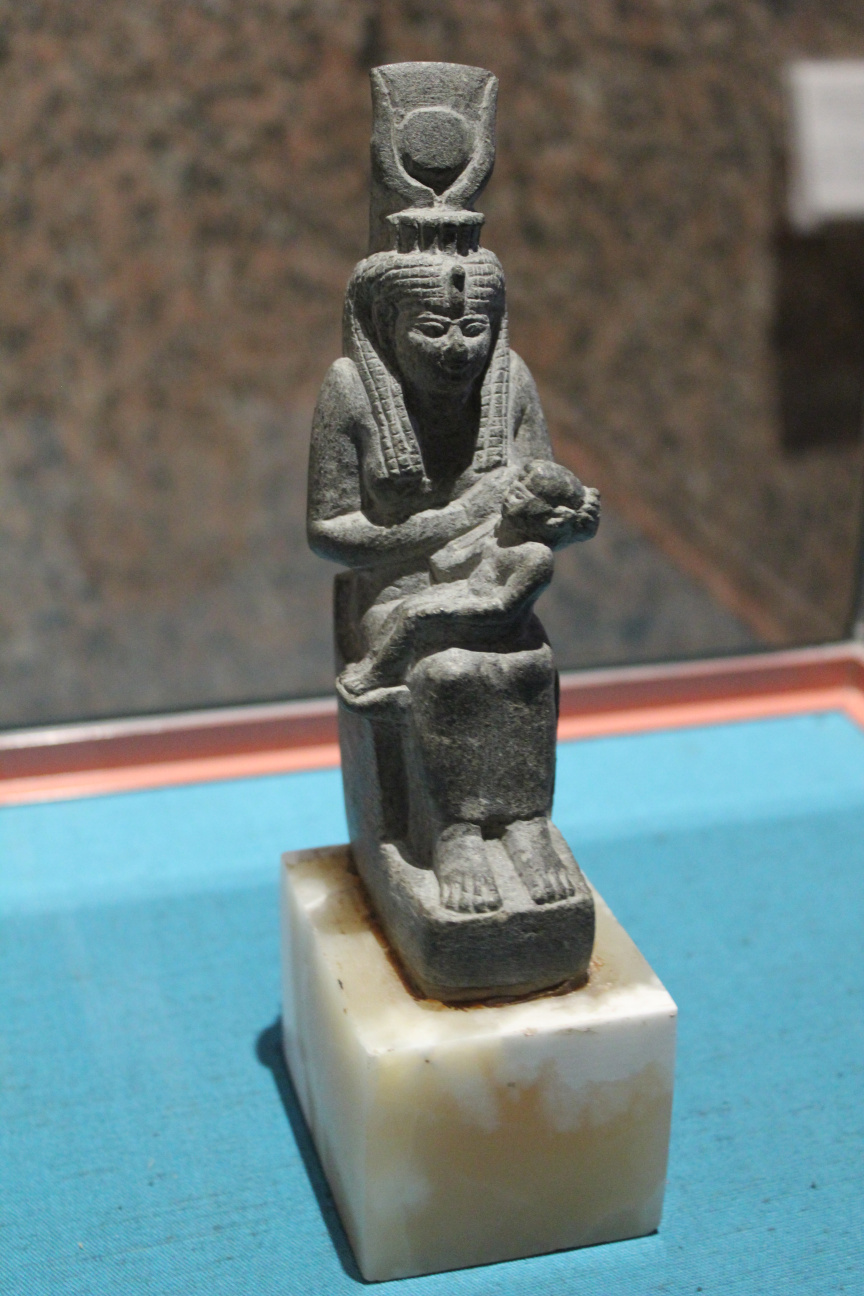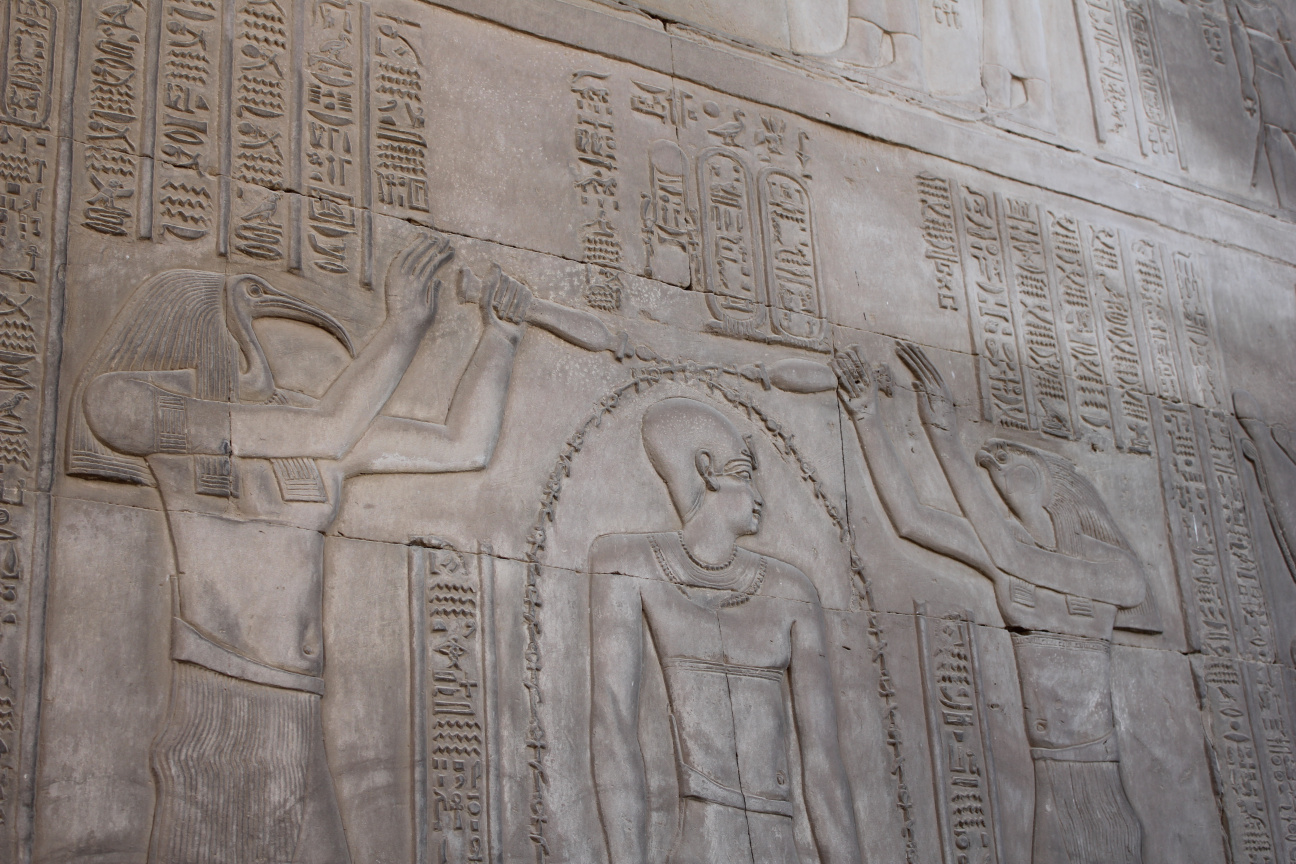It looks like you're using an Ad Blocker.
Please white-list or disable AboveTopSecret.com in your ad-blocking tool.
Thank you.
Some features of ATS will be disabled while you continue to use an ad-blocker.
share:
A fast comment on this (missed it the first time)
In fact, yes, this is where the "Mary and child" iconography comes from. That's Isis and baby Horus.
en.wikipedia.org...
Tsurugi
Shift the stylization a bit, and this would look utterly at home in any Christian church....
In fact, yes, this is where the "Mary and child" iconography comes from. That's Isis and baby Horus.
en.wikipedia.org...
And one more (I really do have to scoot!)
Thoth and Ra in his falcon-headed form (not to be confused with Horus) purifying Caesarion. They are using the censers used by wab priests (the priests who do the purifying rituals.) Caesarion is Cleopatra's son by Julius Caesar -- he was Pharaoh during the reign of his mother (they ruled jointly). Above the cartouches over Caesarion's head, you can see (reading right-to-left) "King of Upper and Lower Egypt, Son of Ra (look for the goose-and-circle...that means "son of Ra"), the Great God, Lord of the Two Lands.
...no, I'm not smart enough to read the rest of it but I can read that bit!
Tsurugi
Thoth and...a god I don't recognize...injecting life energy into the Pharaoh's aura using the legendary Celestial Syringes of Set.
...no? What is going on here?
Thoth and Ra in his falcon-headed form (not to be confused with Horus) purifying Caesarion. They are using the censers used by wab priests (the priests who do the purifying rituals.) Caesarion is Cleopatra's son by Julius Caesar -- he was Pharaoh during the reign of his mother (they ruled jointly). Above the cartouches over Caesarion's head, you can see (reading right-to-left) "King of Upper and Lower Egypt, Son of Ra (look for the goose-and-circle...that means "son of Ra"), the Great God, Lord of the Two Lands.
...no, I'm not smart enough to read the rest of it but I can read that bit!
The images you have put up, along with some great insight from Byrd, make this a very original thread.
This is purported to also be a rare image, so if you don't mind - I thought I'd share ...
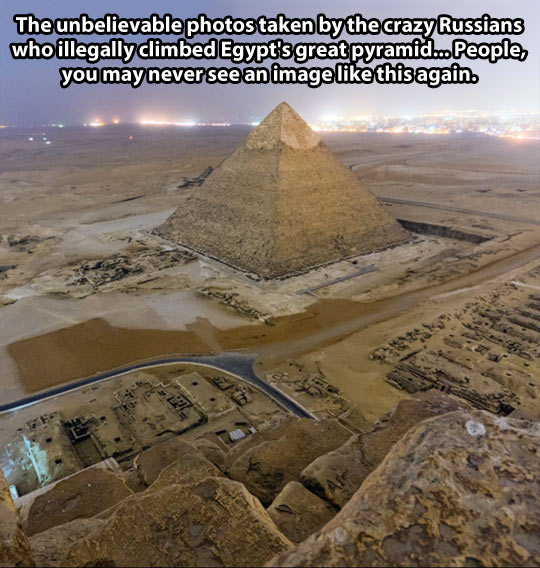
Thanks again for sharing your Uncles awesome pics. !!
This is purported to also be a rare image, so if you don't mind - I thought I'd share ...

Thanks again for sharing your Uncles awesome pics. !!
reply to post by Byrd
(sigh) Not THAT smart. Turns out that the cartouche is for Julius Caesar, not Caesarion.
(sigh) Not THAT smart. Turns out that the cartouche is for Julius Caesar, not Caesarion.
perhaps the silver crown with the crescent moon etc,
is from the silver pharaoh exhibit
quite possible the silver pharaoh was king david.
p.s. love the photos .too bad he didn't get to go to abydos and snap some osirieon shots.
is from the silver pharaoh exhibit
quite possible the silver pharaoh was king david.
p.s. love the photos .too bad he didn't get to go to abydos and snap some osirieon shots.
edit on 23-10-2013 by undo because: (no reason
given)
Mystery solved!
This crown is (or was) in the Nubian Museum in Aswan. It was found in Ballana (south of Abu Simbal in Egypt) and is NOT from Pharonic Egypt. It dates to around 500-600 AD -- not BC
It's a mix of several styles -- you can find out more about it here: www.unesco.org...
This crown is (or was) in the Nubian Museum in Aswan. It was found in Ballana (south of Abu Simbal in Egypt) and is NOT from Pharonic Egypt. It dates to around 500-600 AD -- not BC
It's a mix of several styles -- you can find out more about it here: www.unesco.org...
reply to post by Byrd
thanks, that explains a lot and I see clearer.
This crown is (or was) in the Nubian Museum in Aswan. It was found in Ballana (south of Abu Simbal in Egypt) and is NOT from Pharonic Egypt. It dates to around 500-600 AD -- not BC
thanks, that explains a lot and I see clearer.
undo
p.s. love the photos .too bad he didn't get to go to abydos and snap some osirieon shots.
He said he'd never even heard of the Osirieon, or the Serapeum, or a few of the others I asked about.
Hopefully he'll talk to me next time he goes looking at ancient stuff, hah.
Tsurugi
reply to post by Byrd
What....that's Caesar getting the double spirit injection??
looook , they are ejecting tiny ankhs!
well now, isn't that interesting.
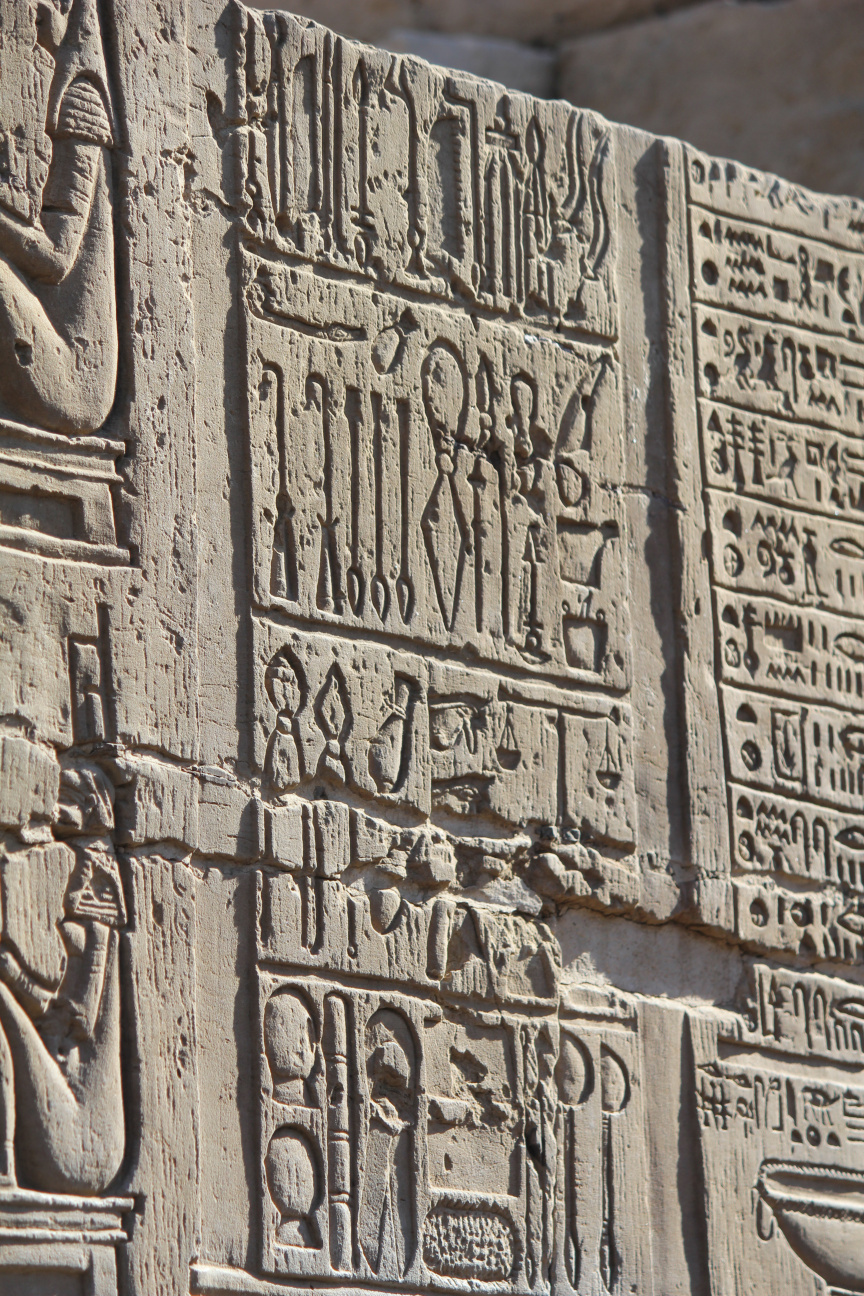
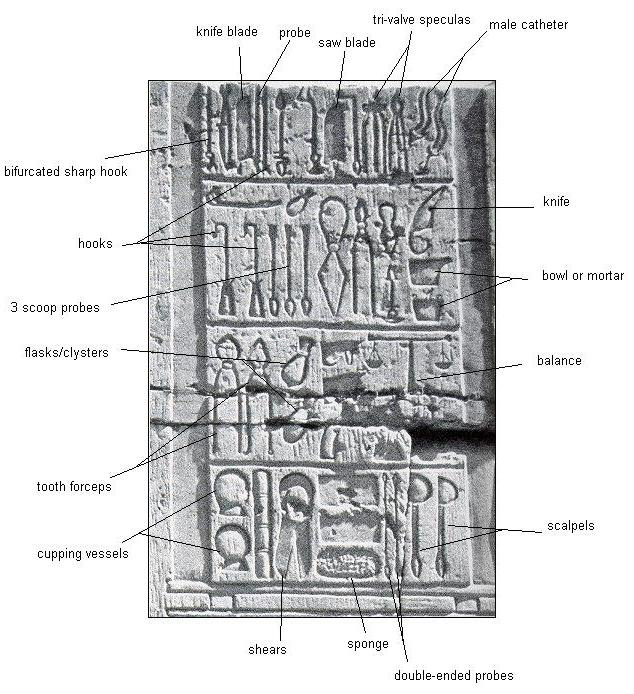
In case anyone asked these are surgical tools,very modern as we use the same implements to day.
Great pics keep em coming.
edit on 24-10-2013 by Spider879 because: (no reason given)
reply to post by Tsurugi
Truly amazing awe-inspiring photos. Thank you for these.
The sheer size, and scale; the attention to detail, the consistence, the engineering. Did I mention the SIZE.
Curious about the linkages connecting those stones in the background...
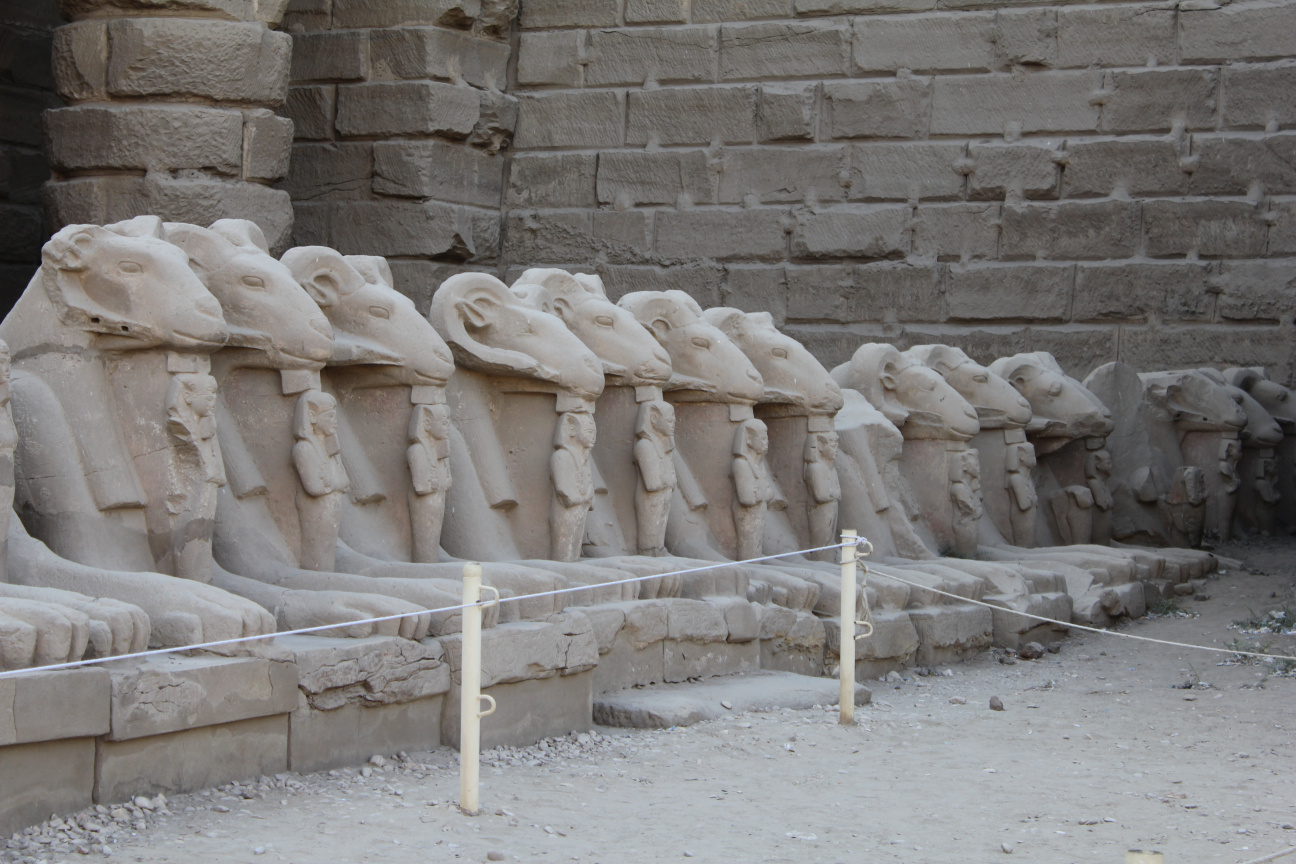
Perhaps an idea of what the landscape looked like during the construction of the Great Pyramid and Sphinx...
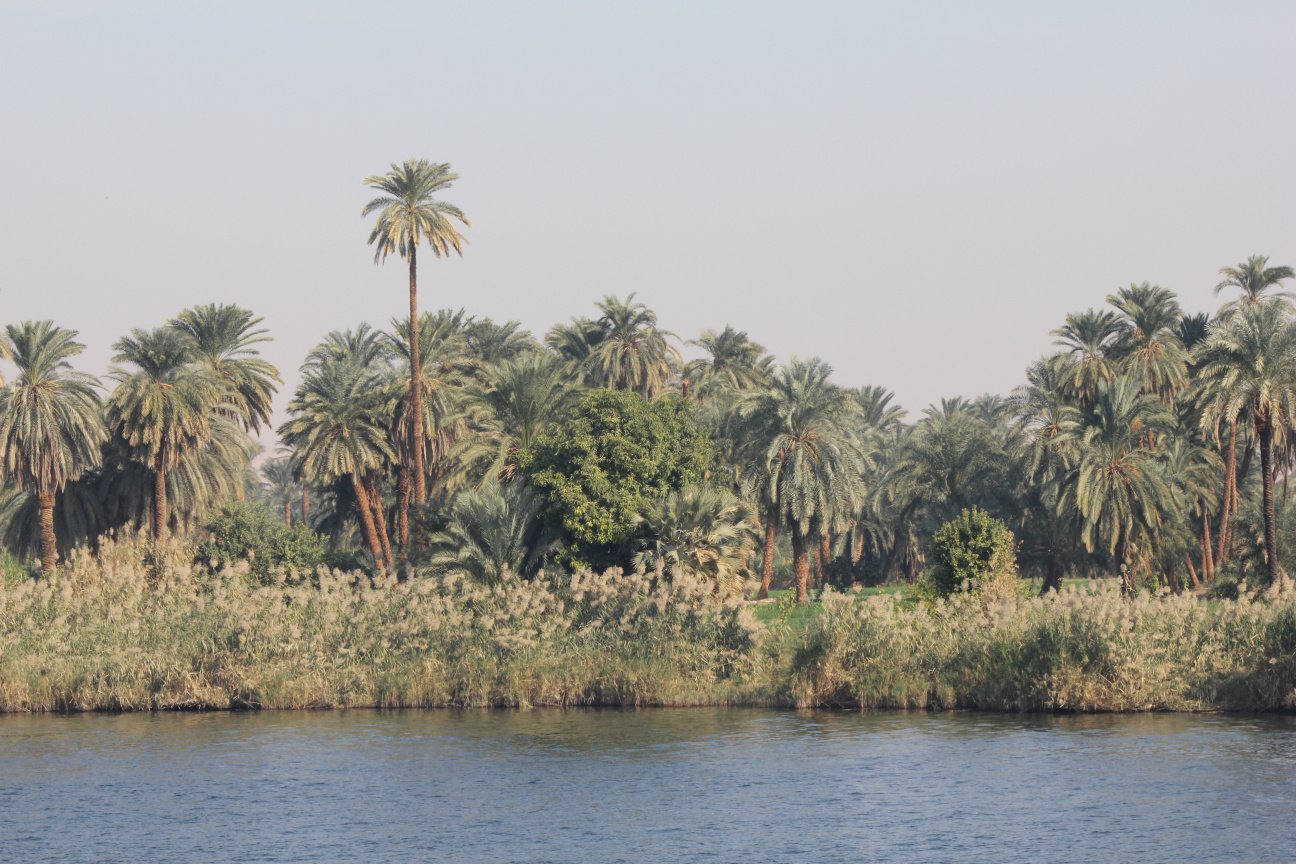
The precision; and the consistency of precision. If these carvers made any mistakes we wouldn't know it.
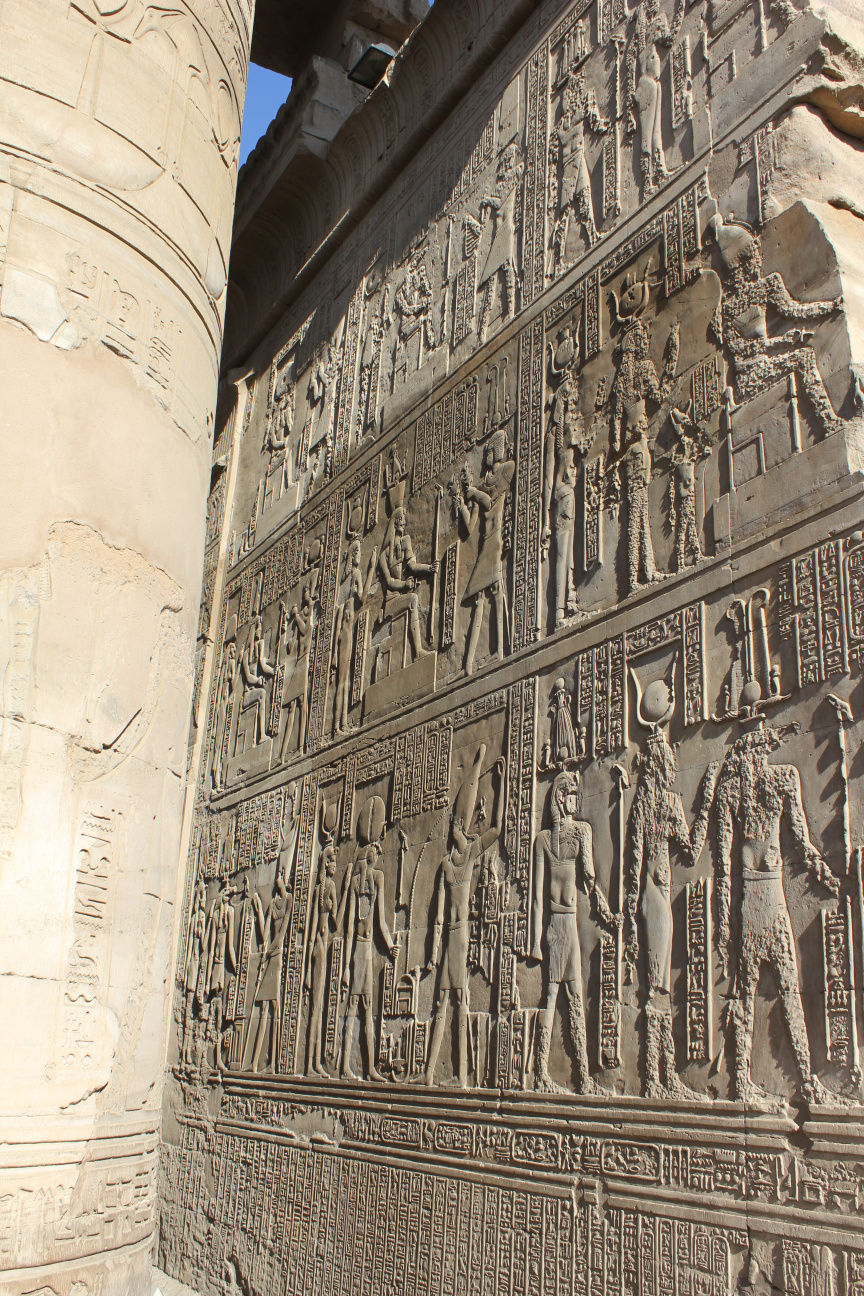
What story could this one be telling? One of a million stories painstakingly yet perfectly carved into all of that granite and sandstone... A lost art for sure.

Truly amazing awe-inspiring photos. Thank you for these.
The sheer size, and scale; the attention to detail, the consistence, the engineering. Did I mention the SIZE.
Curious about the linkages connecting those stones in the background...

Perhaps an idea of what the landscape looked like during the construction of the Great Pyramid and Sphinx...

The precision; and the consistency of precision. If these carvers made any mistakes we wouldn't know it.

What story could this one be telling? One of a million stories painstakingly yet perfectly carved into all of that granite and sandstone... A lost art for sure.

edit on 24-10-2013 by PhotonEffect because: (no
reason given)
Spider879
In case anyone asked these are surgical tools,very modern as we use the same implements to day.
Some sites have made the mistake of trying to match them with modern implements, but these signs are much older than that -- and that's not a surgeon's table.
It's writing. You can look it up for yourself. The middle part shows an arm outstretched, indicating that this section is actually about the someone (not a deity) giving things to someone else. My ability to translate is still pretty poor, so I can't tell you exactly what it says (in another year I can, but this is a foreign language written with an alphabet of over a thousand signs and it takes awhile to learn.)
However, without my books I can tell you these things (you can look them up and doublecheck my work)
The "knife blade" is the letter "i" and is actually a feather (this sign, painted, exists on many things and is very clearly a feather)
The two things that aren't labeled are the signs for "nfr" and
The "saw blade" is more deeply incised than the others and isn't a letter (but isn't a saw blade) -- it's a support for the wooden naos at that spot.
The "tri valve specula" is actually two different letters, Gardenier's E32 (fox skins) and stands for the sound "mes" (you can see it in many things, including the cartouche of Ramses) and E49 (column) and stands for the sound "aya"
The "scoop probes" are actually "was-scepters" and are used to indicate the name of a god or the name of someone powerful.
The bottom line refers to a palace (the tall sign next to the two things you call "cupping vessels")
The sponge isn't a sponge but is a pool of water (and may stand for the letter "sh" or it may be part of a damaged scene. It appears that part of this inscription has been cut out (like, perhaps, the cartouche for the name of Caesar))
The "scalpels" are actually the letter "sn".
edit on 24-10-2013 by Byrd because: (no reason given)
PhotonEffect
Curious about the linkages connecting those stones in the background...
They may be modern... (I could be wrong, but the wall appears to have been damaged.)
Perhaps an idea of what the landscape looked like during the construction of the Great Pyramid and Sphinx...
Yes, but also "what the Nile riverbanks have looked like for the past 6,000 years."
What story could this one be telling?
The king (I'm going to guess Julius Caesar (and then be wrong) because of other inscriptions involving him on the temple)) is making offerings to different gods who are giving him his blessing. In the case of the most visible one (at the "bottom-ish" of the picture, the king (wearing the double crown of Upper and Lower Egypt) is talking to Sobek the crocodile god (who is wearing a type of crown called the "hem-hem crown" by the Egyptians) and to a goddess who appears to be Hathor, who is wearing the vulture headdress over a tripartate wig, topped with a Modius and crowned with solar sign and the horns of Hathor (who knew the headgear was so complicated, eh??)
undo
Tsurugi
reply to post by Byrd
What....that's Caesar getting the double spirit injection??
looook , they are ejecting tiny ankhs!
well now, isn't that interesting.
Well spotted!!!
Yes, they are pouring "life" over him.
Spider879 - double post edited per request
edit on 25-10-2013 by Byrd because: (no reason given)
Byrd
Spider879
In case anyone asked these are surgical tools,very modern as we use the same implements to day.
Some sites have made the mistake of trying to match them with modern implements, but these signs are much older than that -- and that's not a surgeon's table.
It's writing. You can look it up for yourself. The middle part shows an arm outstretched, indicating that this section is actually about the someone (not a deity) giving things to someone else. My ability to translate is still pretty poor, so I can't tell you exactly what it says (in another year I can, but this is a foreign language written with an alphabet of over a thousand signs and it takes awhile to learn.)
However, without my books I can tell you these things (you can look them up and doublecheck my work)
The "knife blade" is the letter "i" and is actually a feather (this sign, painted, exists on many things and is very clearly a feather)
The two things that aren't labeled are the signs for "nfr" and
The "saw blade" is more deeply incised than the others and isn't a letter (but isn't a saw blade) -- it's a support for the wooden naos at that spot.
The "tri valve specula" is actually two different letters, Gardenier's E32 (fox skins) and stands for the sound "mes" (you can see it in many things, including the cartouche of Ramses) and E49 (column) and stands for the sound "aya"
The "scoop probes" are actually "was-scepters" and are used to indicate the name of a god or the name of someone powerful.
The bottom line refers to a palace (the tall sign next to the two things you call "cupping vessels")
The sponge isn't a sponge but is a pool of water (and may stand for the letter "sh" or it may be part of a damaged scene. It appears that part of this inscription has been cut out (like, perhaps, the cartouche for the name of Caesar))
The "scalpels" are actually the letter "sn".edit on 24-10-2013 by Byrd because: (no reason given)
WOW REALLY???..ok I have to double check thanks for the heads up.
Byrd
Spider879
In case anyone asked these are surgical tools,very modern as we use the same implements to day.
Some sites have made the mistake of trying to match them with modern implements, but these signs are much older than that -- and that's not a surgeon's table.
It's writing. You can look it up for yourself. The middle part shows an arm outstretched, indicating that this section is actually about the someone (not a deity) giving things to someone else. My ability to translate is still pretty poor, so I can't tell you exactly what it says (in another year I can, but this is a foreign language written with an alphabet of over a thousand signs and it takes awhile to learn.)
However, without my books I can tell you these things (you can look them up and doublecheck my work)
The "knife blade" is the letter "i" and is actually a feather (this sign, painted, exists on many things and is very clearly a feather)
The two things that aren't labeled are the signs for "nfr" and
The "saw blade" is more deeply incised than the others and isn't a letter (but isn't a saw blade) -- it's a support for the wooden naos at that spot.
The "tri valve specula" is actually two different letters, Gardenier's E32 (fox skins) and stands for the sound "mes" (you can see it in many things, including the cartouche of Ramses) and E49 (column) and stands for the sound "aya"
The "scoop probes" are actually "was-scepters" and are used to indicate the name of a god or the name of someone powerful.
The bottom line refers to a palace (the tall sign next to the two things you call "cupping vessels")
The sponge isn't a sponge but is a pool of water (and may stand for the letter "sh" or it may be part of a damaged scene. It appears that part of this inscription has been cut out (like, perhaps, the cartouche for the name of Caesar))
The "scalpels" are actually the letter "sn".edit on 24-10-2013 by Byrd because: (no reason given)
the Wall of Twin Temple of Kom Ombo on Nile, which was the center for medical care in ancient Egypt, has a hieroglyphic relief depicting various medical and surgical instruments:
Shown above is the image of the incised relief of the Wall of Temple of Kom Ombo. Many instruments are labeled according to medical use, but some do not have a clear purpose. Could the tube in the lower left corner of the relief between the cupping vessels and shears have been a hearing device used as a stethoscope? (Nunn, J. 1996. Ancient Egyptian Medicine. Norman: University of Oklahoma Press. Page 165)
www.antiquemed.com...
Not saying you are wrong but I am still digging,could it be that the "instruments" were made in a way that reflect writing??
Spider879
Byrd
Spider879
In case anyone asked these are surgical tools,very modern as we use the same implements to day.
Some sites have made the mistake of trying to match them with modern implements, but these signs are much older than that -- and that's not a surgeon's table.
It's writing. You can look it up for yourself.
WOW REALLY???..ok I have to double check thanks for the heads up.
Actually, the image you posted IS correctly labeled... I was thinking it was one from the temple with Cleopatra and Caesar. I'm definitely wrong about this one -- they are surgical instruments after all.
And you are absolutely correct in that some of the hieroglyphs represent knives and so forth. The "cups" look like the sign for Ahket (N27) and a number of the engravings look like hieroglyphs. However, this is the medical wall (not the wall of the Temple of Dendera) and yup... medical instruments!
Darn Egyptians... all them New Kingdom temples look alike!
Well spotted!
edit on 25-10-2013 by Byrd because: (no reason given)
Byrd
Spider879
Byrd
Spider879
In case anyone asked these are surgical tools,very modern as we use the same implements to day.
Some sites have made the mistake of trying to match them with modern implements, but these signs are much older than that -- and that's not a surgeon's table.
It's writing. You can look it up for yourself.
WOW REALLY???..ok I have to double check thanks for the heads up.
Actually, the image you posted IS correctly labeled... I was thinking it was one from the temple with Cleopatra and Caesar. I'm definitely wrong about this one -- they are surgical instruments after all.
And you are absolutely correct in that some of the hieroglyphs represent knives and so forth. The "cups" look like the sign for Ahket (N27) and a number of the engravings look like hieroglyphs. However, this is the medical wall (not the wall of the Temple of Dendera) and yup... medical instruments!
Darn Egyptians... all them New Kingdom temples look alike!
Well spotted!edit on 25-10-2013 by Byrd because: (no reason given)
Thanks I am always looking to learn..nuff respect!!
new topics
-
If they can see...they can read!!
Rant: 4 hours ago -
Tesla Cybertruck Explodes in Front of Trump Hotel in Las Vegas
Mainstream News: 9 hours ago -
Maybe they didn't get away with it: The Lincoln-Kennedy assassination parallels. 7 sentences long.
History: 11 hours ago
top topics
-
Tesla Cybertruck Explodes in Front of Trump Hotel in Las Vegas
Mainstream News: 9 hours ago, 19 flags -
Ukraine halts transit of Russian gas to Europe after a prewar deal expired
Political Conspiracies: 15 hours ago, 12 flags -
If they can see...they can read!!
Rant: 4 hours ago, 5 flags -
Maybe they didn't get away with it: The Lincoln-Kennedy assassination parallels. 7 sentences long.
History: 11 hours ago, 4 flags
active topics
-
-@TH3WH17ERABB17- -Q- ---TIME TO SHOW THE WORLD--- -Part- --44--
Dissecting Disinformation • 3879 • : 777Vader -
How we've changed in 100 years
Ancient & Lost Civilizations • 18 • : KrustyKrab -
Tesla Cybertruck Explodes in Front of Trump Hotel in Las Vegas
Mainstream News • 52 • : WeMustCare -
If they can see...they can read!!
Rant • 6 • : MRTrismegistus -
NYPD arrests migrant who allegedly set woman on fire on subway train, watched her burn to death
Breaking Alternative News • 60 • : WeMustCare -
Can someone 'splain me like I'm 5. Blockchain?
Science & Technology • 99 • : IndieA -
Vehicle Strikes people in New Orleans
Mainstream News • 241 • : BeyondKnowledge3 -
Get Ready - Here comes the Bird Flu Pandemic - Millions are Notified
Diseases and Pandemics • 65 • : annonentity -
SCOTUS Chief Justice JOHN ROBERTS Ends 2024 Describing His Fears for Safety of U.S. Judges.
Above Politics • 10 • : WeMustCare -
Maybe they didn't get away with it: The Lincoln-Kennedy assassination parallels. 7 sentences long.
History • 9 • : BernnieJGato

